Are these the most important British homes in history?
They've been hand-picked by George Clarke. So do you live in or near one?

Think of a home that's important to you, and you'll probably start with your own. Or perhaps it's your childhood home, or a a holiday home where you spent blissful summer breaks. But trying to pin down the most important British homes in history? That's tricky.
Related: Stately homes – 5 showstoppers you have to see this summer
Still, if anyone has a chance of getting it right, it's architect and present George Clarke. He's been tasked with choosing the UK's most remarkable homes for a new book, Irreplaceable: A History of England in 100 Places.
From a long list picked by the public, these are the homes George has chosen and the reasons why, from the book's author Philip Wilkinson.
Prefabs, Wake Green Road, Birmingham

'Few post-war prefabs are still standing. But the ones at Wake Green Road survive in near-original condition, from their corrugated roofs to 1940s fitted kitchens,' says Philip Wilkinson. 'It's a moving reminder of a time when Britain emerged from war and began to build homes that were fit for modern life.'
Port Sunlight, Wirral

One of the original model villages, Port Sunlight was built by Lord Leverhulme for the workers in his nearby Sunlight Soap factory. 'With its leafy streets and half-timbered houses, Port Sunlight set the style for the design of countless English suburbs,' says Philip.
Park Hill, Sheffield
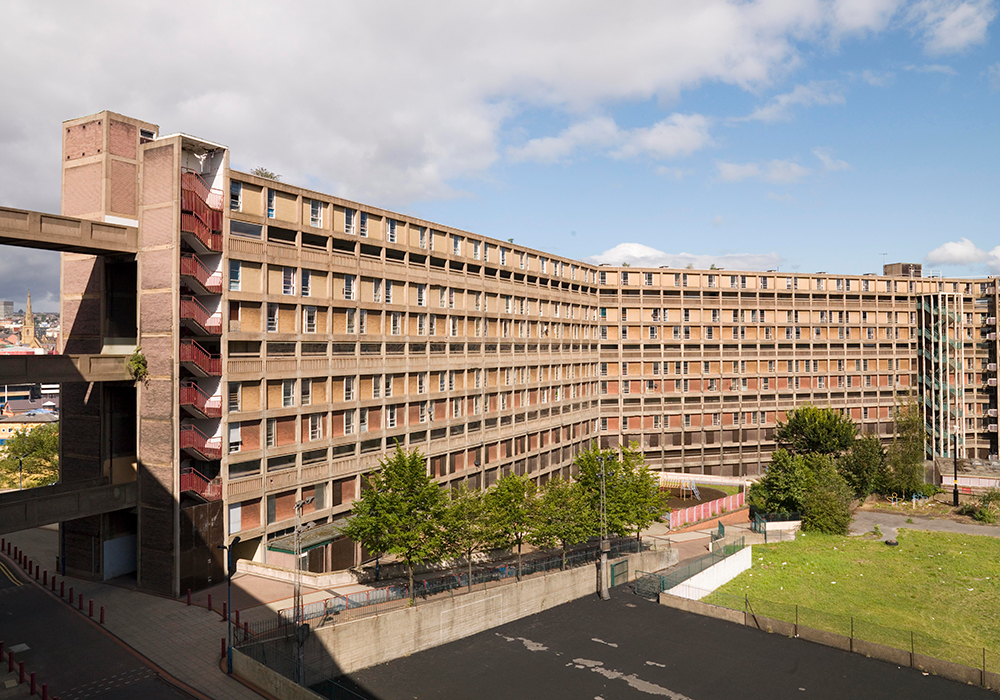
'Planned as a community, with "streets in the sky", these enormous Brutalist blocks formed Britain’s most ambitious and daring public housing scheme,' Philip explains.
Sign up to our newsletter for style inspiration, real homes, project and garden advice and shopping know-how
Building started in 1957, after the original tenements, known locally as 'Little Chicago', had been cleared. Controversially, Park Hill was Grade II* listed in 1998, and remains the second largest listed building in Europe.
Hospital of St Cross, Winchester
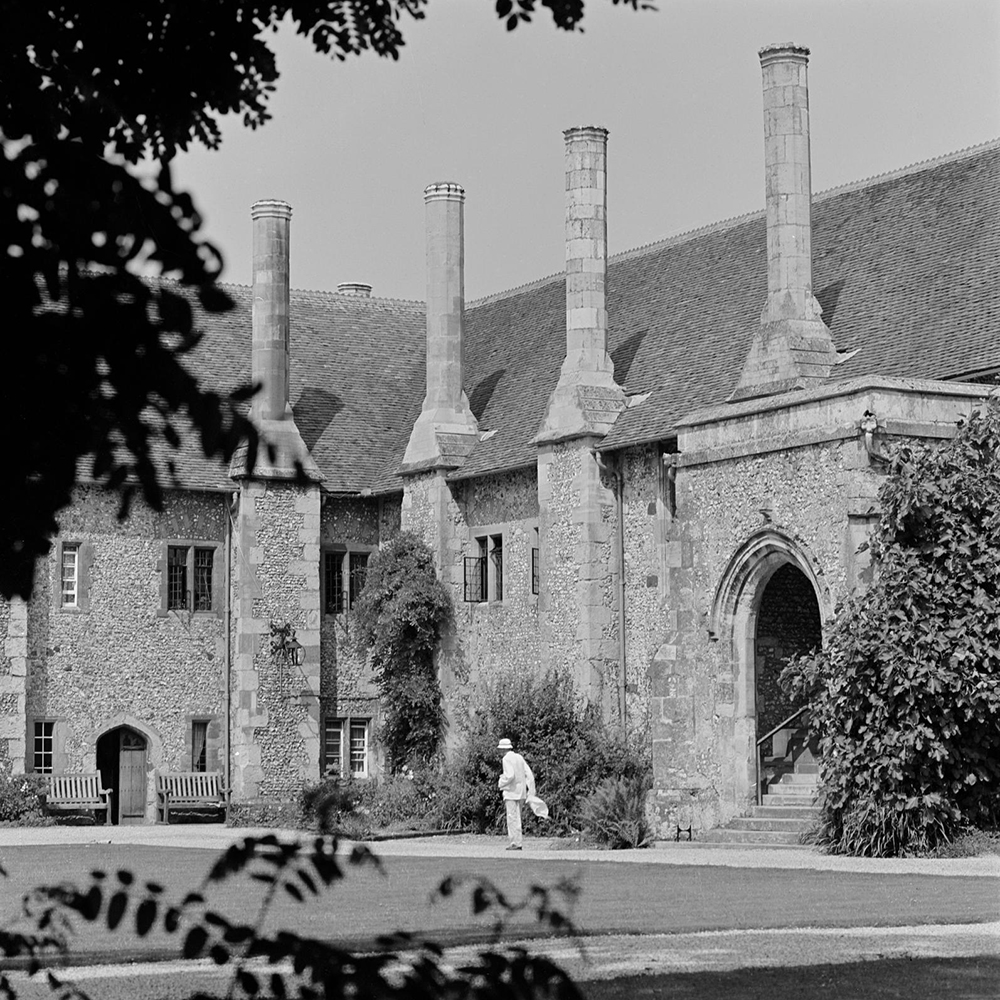
'The Hospital of St Cross has been providing housing for the poor since the 1130s, making it our oldest charitable institution,' says Philip.
Even now, it is home to 25 'Brothers' – single, divorced or widowed men, over state retirement age, and no longer employed. Brothers are also usually of low or limited income, though emotional needs are also taken into consideration.
Windsor Castle
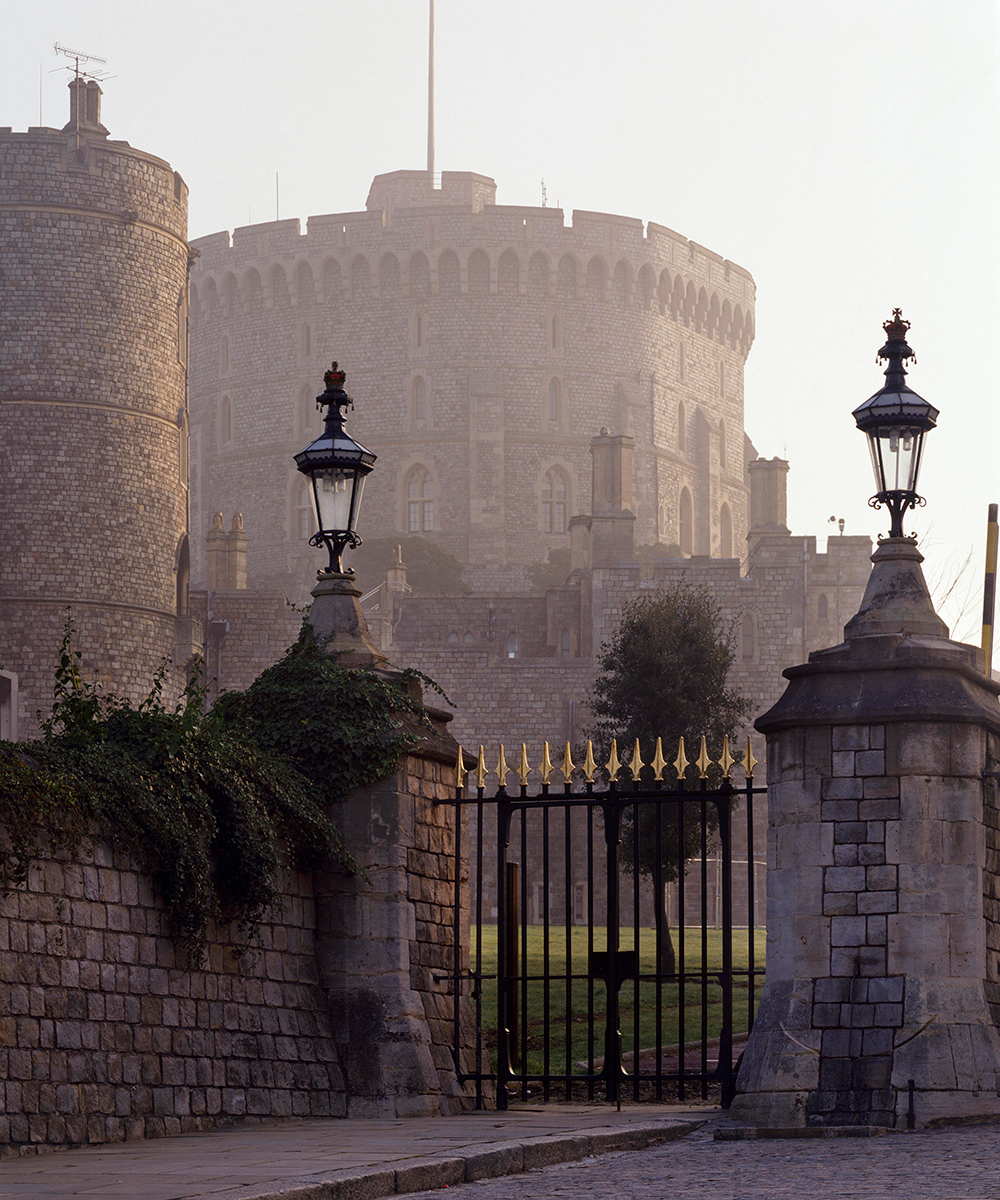
It most recently played a starring role at the wedding of Prince Harry and Meghan Markle, but Windsor Castle has been the backdrop to so many picture postcard moments for almost 950 years.
Related: Prince Harry and Meghan Markle's Nottingham Cottage makeover!
'Windsor Castle has been used by monarchs from William the Conqueror to Elizabeth II. And it is still a stunning setting for spectacular events, from state banquets to royal weddings,' Philip explains. 'It is English history, set in stone.'
Blenheim Palace, Woodstock, Oxfordshire
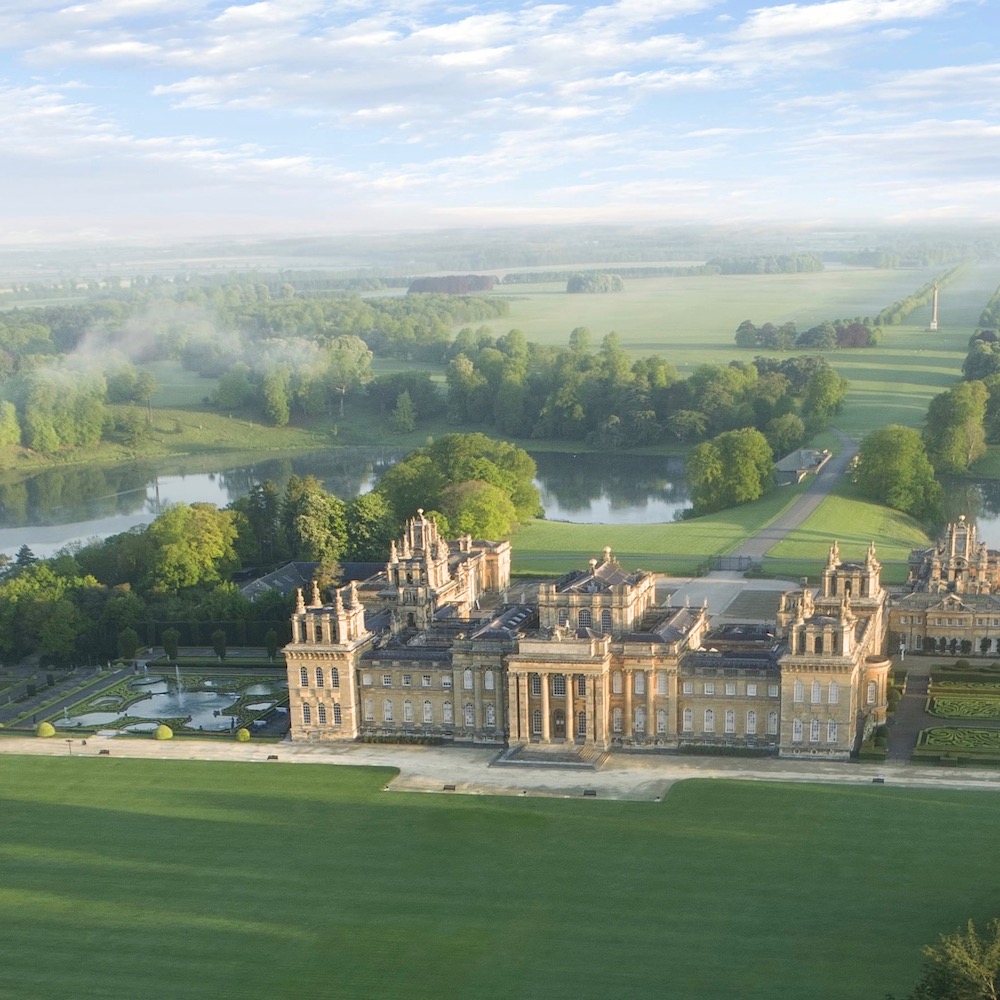
'Blenheim is the grandest of all English country houses,' says Philip. 'It's set among the greenery, trees, and lake of a vast park, which is the masterpiece of the great landscape gardener Capability Brown.'
Osborne House, Isle of Wight
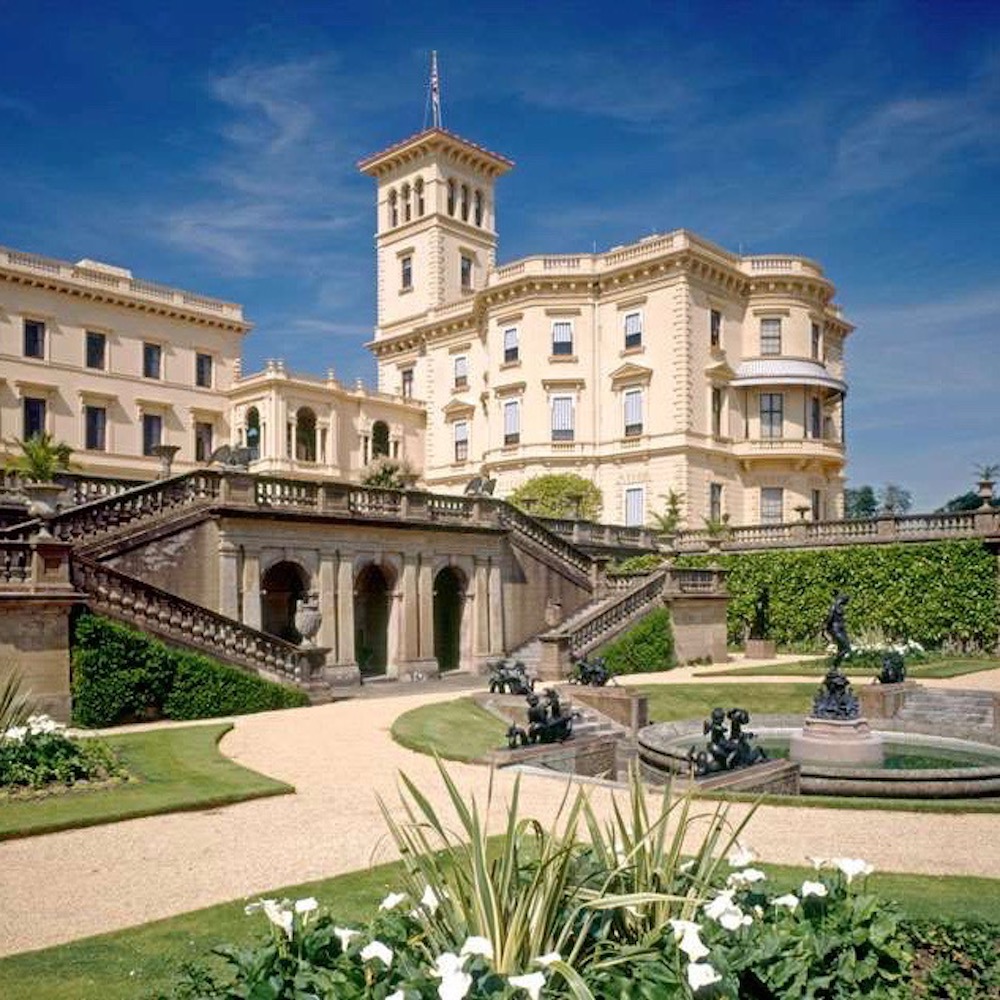
Last but not least we have the original holiday home – Queen Victoria's summer residence on the Isle of Wight. Anyone who has seen last year's feature film Victoria & Abdul will know of grand spaces like the Durbar room, inspired by Abdul's native India.
More historic homes: Historic 17th century watermill goes on sale for just under one million
'Osborne is a special house because it is stamped with the character of Queen Victoria, one of Britain’s longest-reigning monarchs, and her husband, Prince Albert, who designed it,' Philips concludes.

Amy Cutmore is an experienced interiors editor and writer, who has worked on titles including Ideal Home, Homes & Gardens, LivingEtc, Real Homes, GardeningEtc, Top Ten Reviews and Country Life. And she's a winner of the PPA's Digital Content Leader of the Year. A homes journalist for two decades, she has a strong background in technology and appliances, and has a small portfolio of rental properties, so can offer advice to renters and rentees, alike.